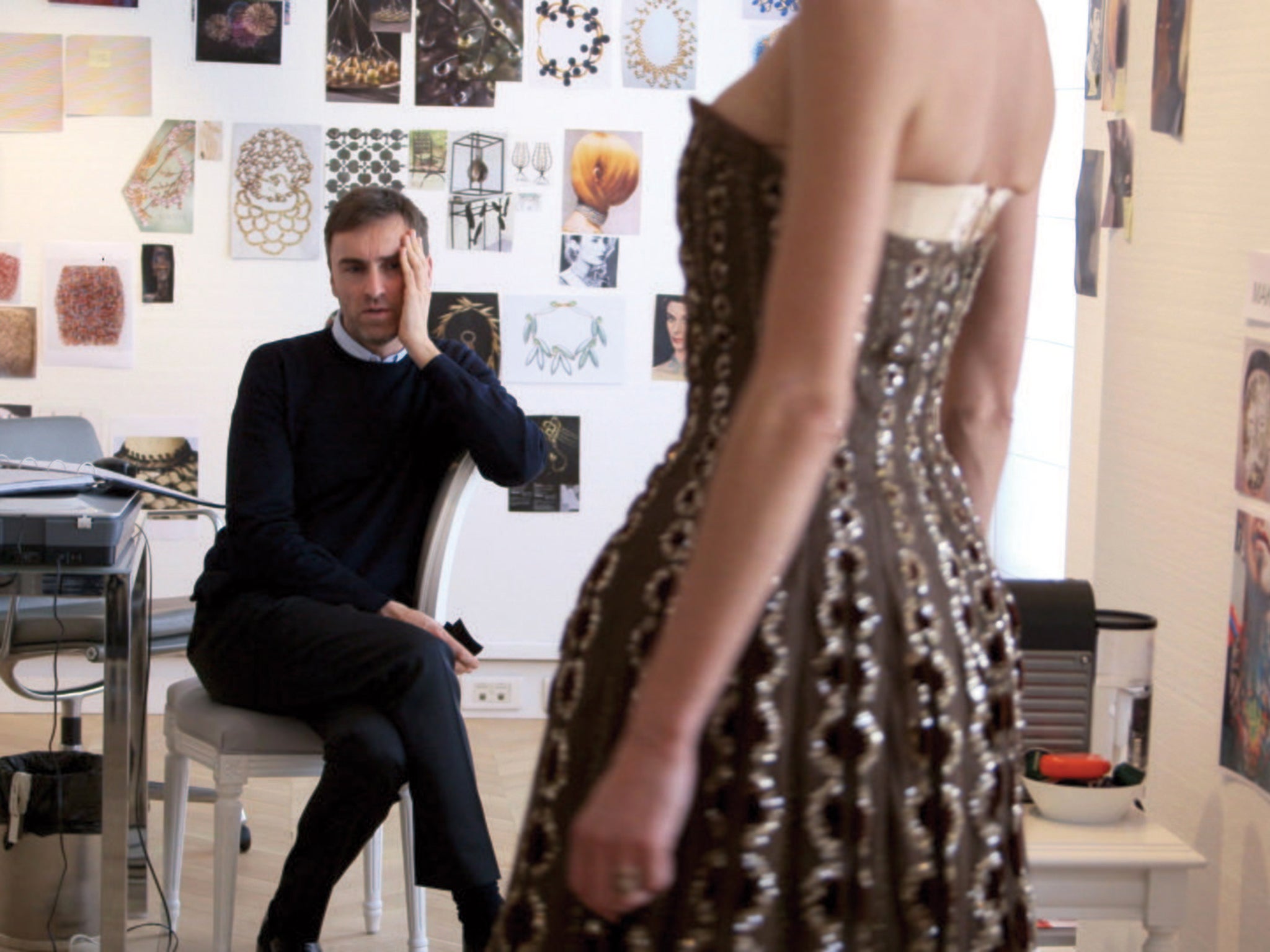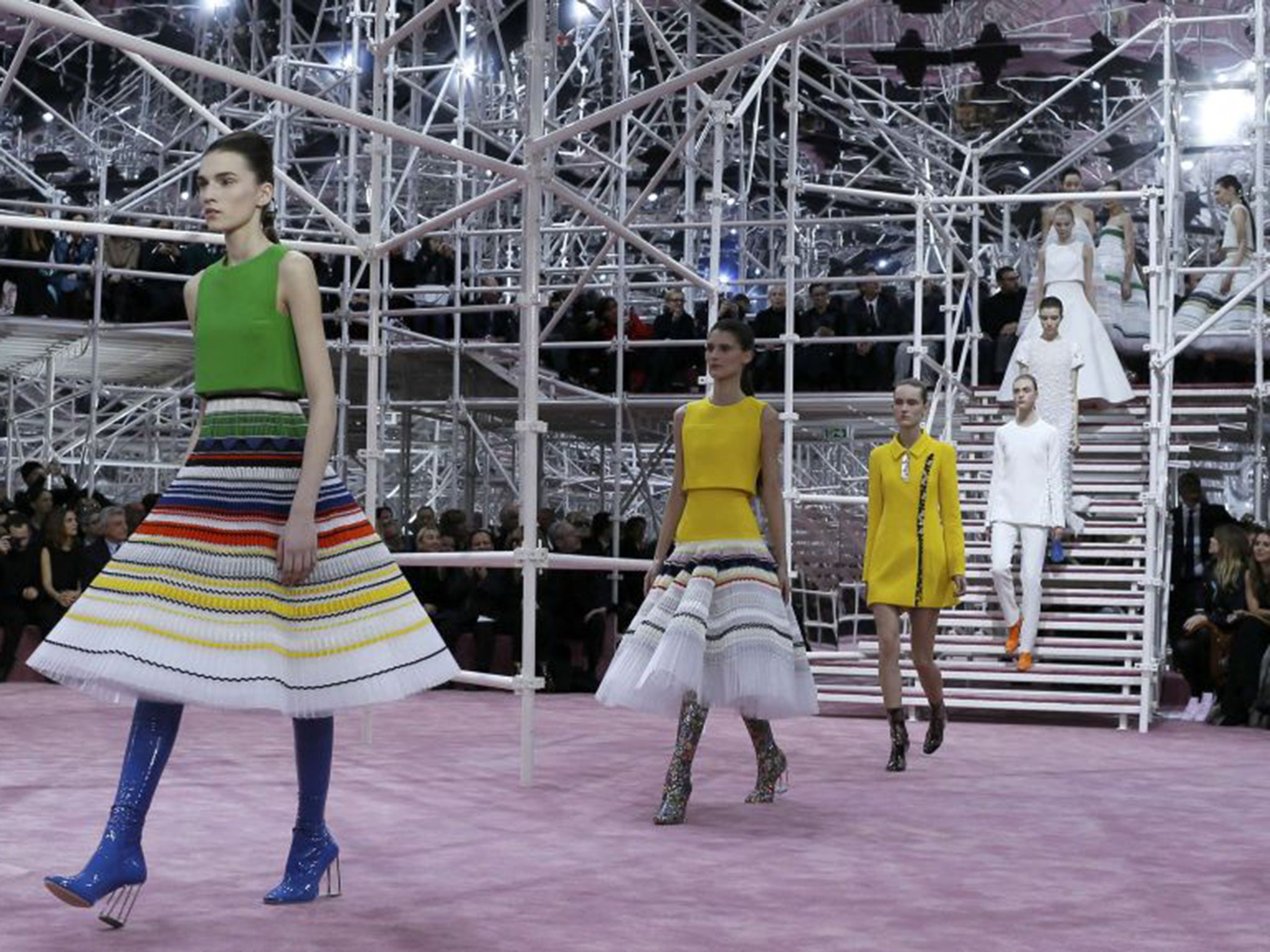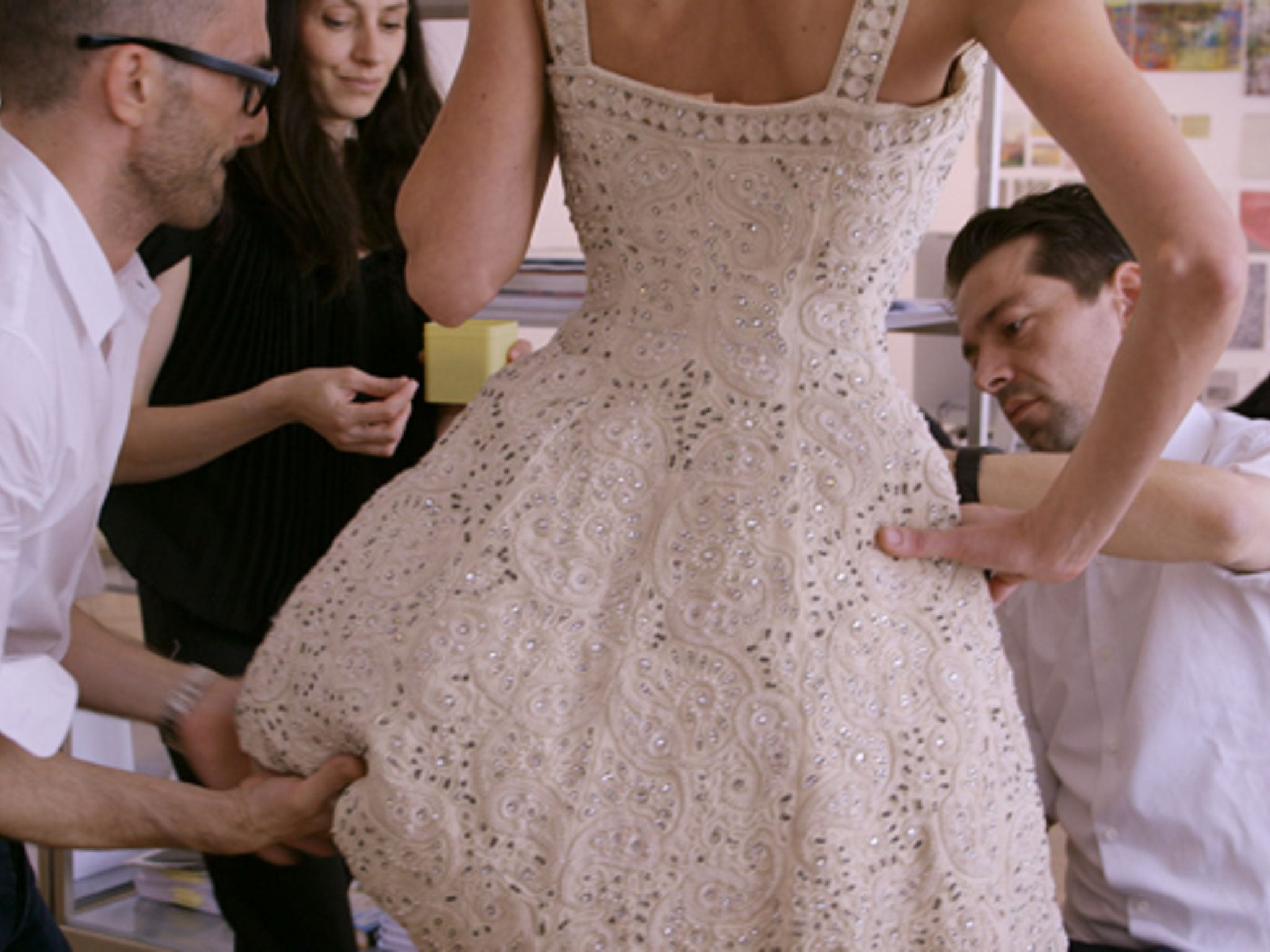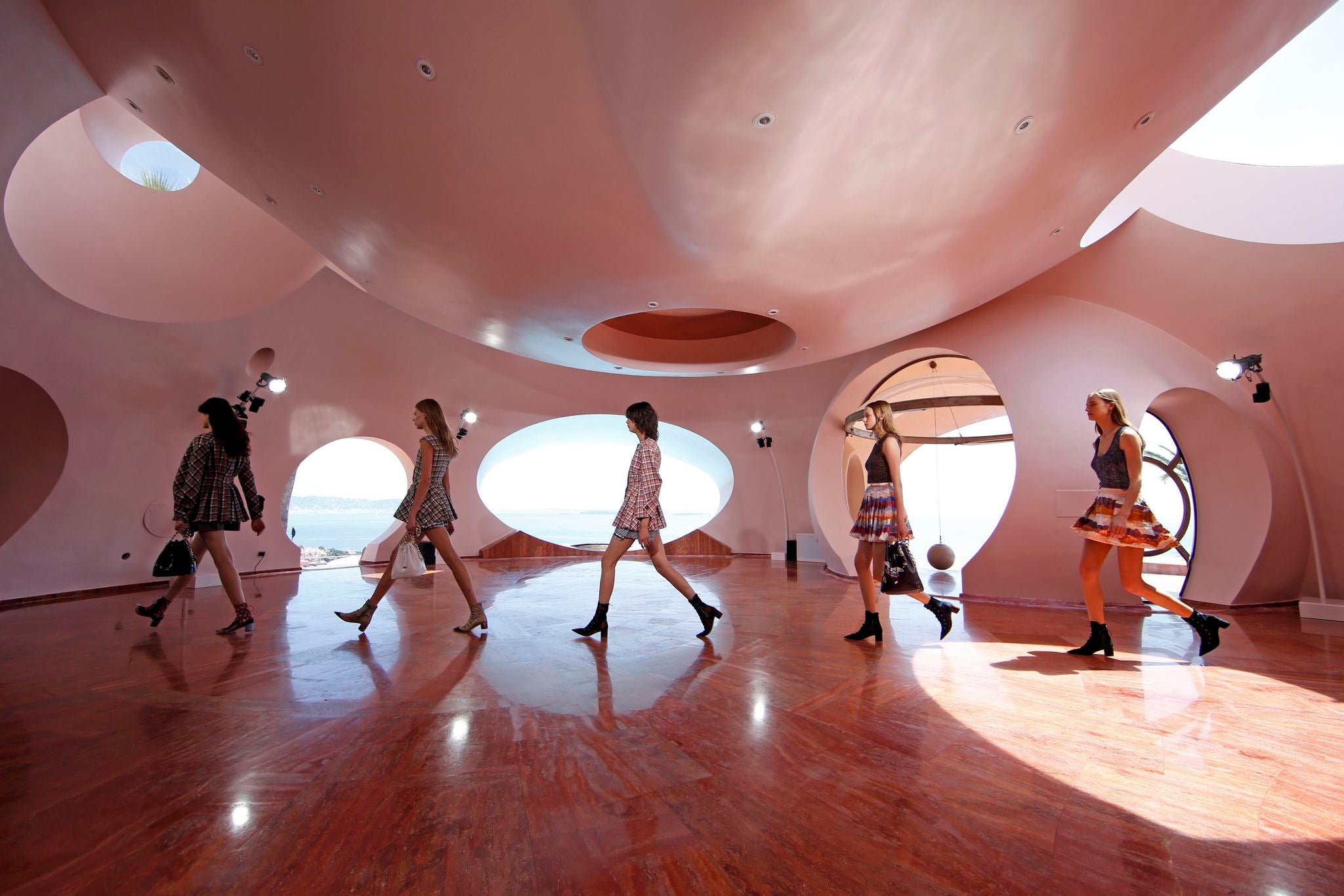As Raf Simons exits Dior, I wonder when fashion lost its trust
Business people don’t trust creativity, with its associated risk-taking

Your support helps us to tell the story
From reproductive rights to climate change to Big Tech, The Independent is on the ground when the story is developing. Whether it's investigating the financials of Elon Musk's pro-Trump PAC or producing our latest documentary, 'The A Word', which shines a light on the American women fighting for reproductive rights, we know how important it is to parse out the facts from the messaging.
At such a critical moment in US history, we need reporters on the ground. Your donation allows us to keep sending journalists to speak to both sides of the story.
The Independent is trusted by Americans across the entire political spectrum. And unlike many other quality news outlets, we choose not to lock Americans out of our reporting and analysis with paywalls. We believe quality journalism should be available to everyone, paid for by those who can afford it.
Your support makes all the difference.We all know a great relationship is built on trust. I’m not getting all agony aunt here, but it strikes me again and again when thinking of fashion houses, their creative directors and their creative direction. The most recent storm to brew in fashion’s teacup concerns Raf Simons, the outgoing creative director of Christian Dior’s womenswear – and his departure got me thinking about trust, particularly the trust big corporations should have in designers’ ideas, ability and vision.
Dior did trust Simons: his approach wasn’t easy and had variable success, but nevertheless it felt genuine. Simons was genuinely trying to create something new and different without the well established identity of Dior, built around that suction-tailored jacket known as the Bar, and a romantic idea of femininity that contrasted sharply (sometimes violently) with his aesthetic, throbbing with modernity. It made for an interesting mix.

And yet I, for one, never really felt Simons was at ease with Dior. He once told me that Dior would never be his, which is, of course, true. It belongs to Bernard Arnault – literally, as the Arnault family has a 70.4 per cent of direct and indirect holding in Christian Dior. But Dior has never been owned by its designer: Marcel Boussac, a textile magnate dubbed “the Cotton King”, bankrolled the operation from the get-go. Which is interesting, given how Dior’s yards of billowing fabric – 40 metres in a single skirt, for day – stimulated the moribund post-war fabric industry.

Nevertheless, I doubt Dior showed sketches for approval. And that is what happens in much fashion today. Creative directors are reporting to moneymen, looking for their approval. Which is why you see lots of fashion shows with money-spinning handbags cluttering up outfits, or confusing sections of commercial clothes muddying a designer’s message.
That’s why cruise collections are having so much money pumped into them: because they sell. And it’s why so much of fashion today may be lucrative, but feels as if it’s leading us down a creative dead-end: because business people don’t trust creativity, with its associated experimentation and risk-taking. They trust tried and tested sales figures, staid saleable clothes and advertising imagery with high-profile celebrities clutching handbags.

Simons was given autonomy at Dior – he was trusted – but his trust was limited by his role, as head of women’s clothing alone (the house had been burned by the very public implosion of John Galliano, whose remit was far wider). Perhaps that grated on Simons’s entirely understandable urge to make the whole world look new, as Monsieur Dior did back in 1947. Maybe those days are over in fashion. No one trusts anyone that much any more.
Join our commenting forum
Join thought-provoking conversations, follow other Independent readers and see their replies
Comments